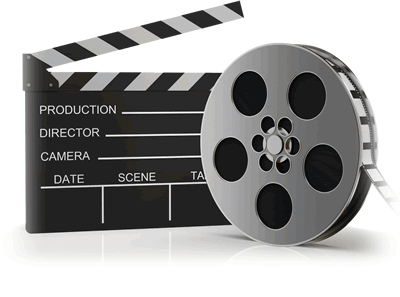Alfred Hitchcock is one
of my all-time favorite directors and I think that few scenes in his oeuvre of brilliant set pieces can
compare with the Royal Albert Hall scene from The Man Who Knew Too Much. While that scene may be more polished,
better edited, and even more suspenseful in Hitchcock’s masterful 1956 remake,
special attention must be given to the 1934 original for doing it first.
1934’s The Man Who Knew Too Much feels very
much like a film ahead of its time; a testament to Hitchcock’s abilities as a
director. At a time when early talkies were often stodgy, plodding affairs, The Man Who Knew Too Much moves at a
nearly breakneck pace. Barely twenty minutes have passed and all of the plot points
have been introduced and set the stage for the rest of the film. In some
respects, this is the film which truly defined the style with which Hitchcock
would become forever associated during the remainder of his incredible career.
It has all of his usual hallmarks: an ordinary set of characters in the most
unordinary of circumstances, danger, intrigue, a memorable villain (played by
Peter Lorre in his English film debut), set-pieces played out against real-life
landmarks, a tense climax, and a vein of pitch black humor woven through it
all.
Hitchcock obviously
took a liking to this film deciding to do it again in 1956 with James Stewart
and Doris Day. While the remake is the superior film, the original Man Who Knew Too Much shows what “the
talented amateur” had in store. Without this film, it’s unlikely that we would
have The 39 Steps, Saboteur, North by Northwest, and Frenzy.
The Man Who Knew Too Much is,
perhaps, not Hitchcock’s finest hour, but surely one of his most important.




